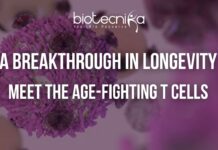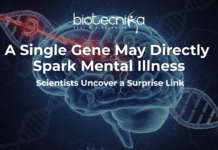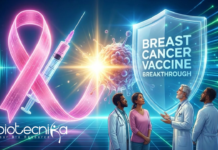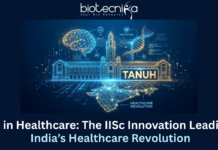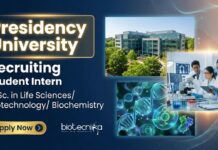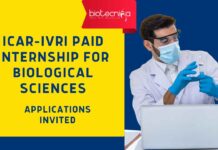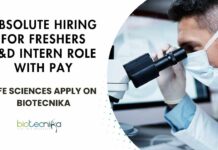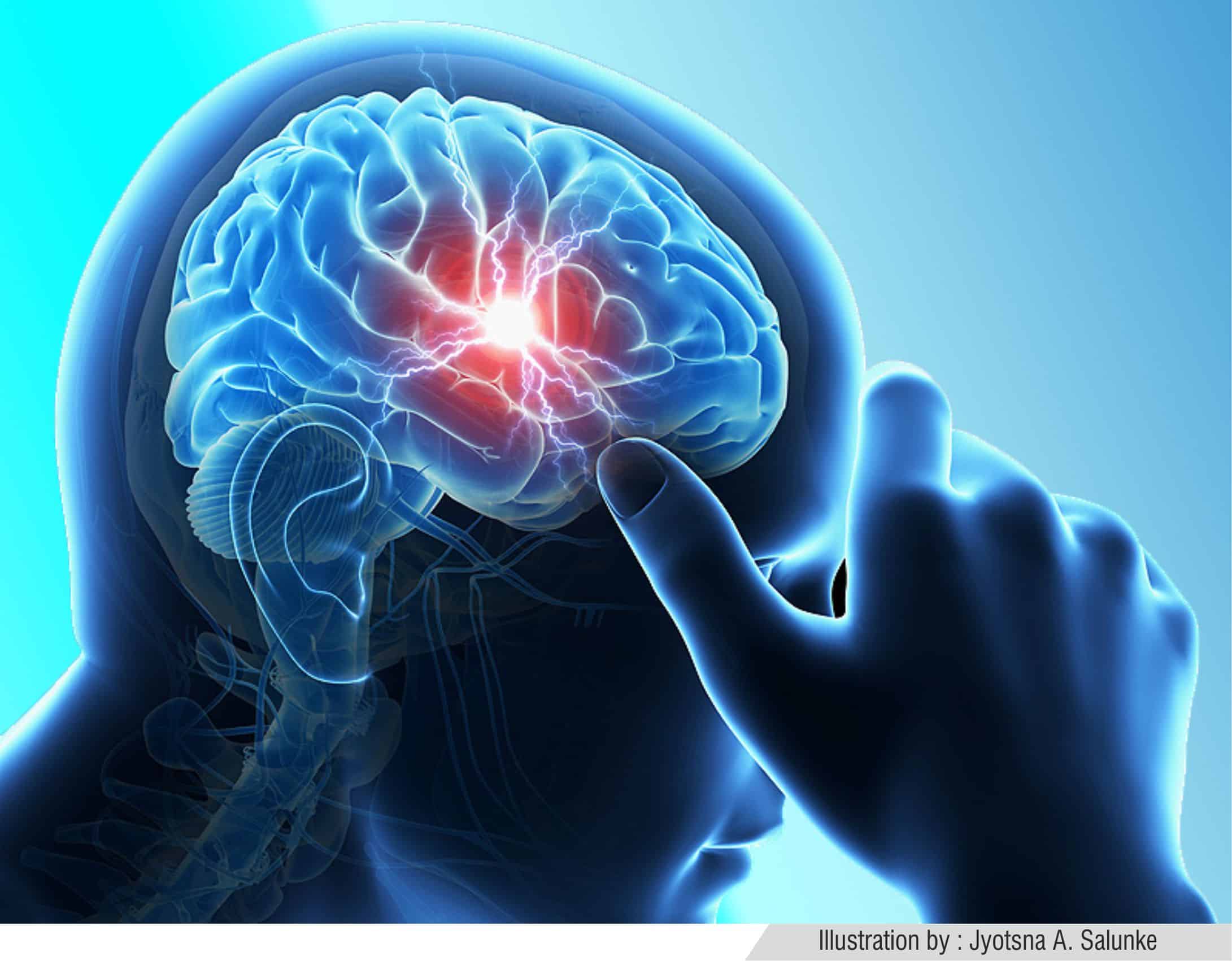Stem-Cell-based Stroke Treatment Found to Reduce Brain Damage
Despite the overwhelming global need, there are only two FDA-approved stroke therapies to date. Although both of these “reperfusion” therapies are positively effective, they are also capable of inducing a secondary injury- neither of the FDA-approved stroke therapies are directly neuroprotective or neuroregenerative.
Plus, the use of IV-tPA and/or ET is improbable as a field therapy and both are limited to state-of-the-art facilities. Therefore, a larger population of stroke patients with limited access to these facilities (e.g., rural populations) still remain untreated and often rely on later neurorehabilitation and endogenous neuroregeneration mechanisms.
Now, a University of Georgia research team lead by professor Steven Stice and Nasrul Hoda of Augusta University have developed a treatment called AB126 using extracellular vesicles (EV), fluid-filled structures known as exosomes to overcome the aforementioned shortcomings in the treatment of stroke patients.

Fully able to cloak itself within the bloodstream, this type of regenerative EV therapy appears to be the most promising in overcoming the limitations of many cell therapies—with the ability for exosomes to carry and deliver multiple doses—as well as the ability to store and administer treatment. Small in size, the tiny tubular shape of an exosome allows EV therapy to cross barriers that cells cannot.
“This is truly exciting evidence, because exosomes provide a stealth-like characteristic, invisible even to the body’s own defenses,” said Stice, Georgia Research Alliance Eminent Scholar and D.W. Brooks Distinguished Professor in the College of Agricultural and Environmental Sciences. “When packaged with therapeutics, these treatments can actually change cell progression and improve functional recovery.”
The team experimented AB126 with animal models and were able to locate that the remedy stepped forward the restoration of motor keep watch over and reminiscence in stroke victims. Next, the group when put next MRI scans of mice who were handled with AB126 to stroke-affected animals that hadn’t gained the remedy. They discovered that the remedy contracted the scale of the harm by way of about 35%, and halved the quantity of brain tissue that was once misplaced because of stroke.
“Until now, we had very little evidence specific to neural exosome treatment and the ability to improve motor function,” says Stice. “Just days after stroke, we saw better mobility, improved balance and measurable behavioral benefits in treated animal models.”
The researchers were met with similarly positive results when they followed it up with a test in pigs, encouraged by which they are now preparing for human studies set to kick off in 2019.

